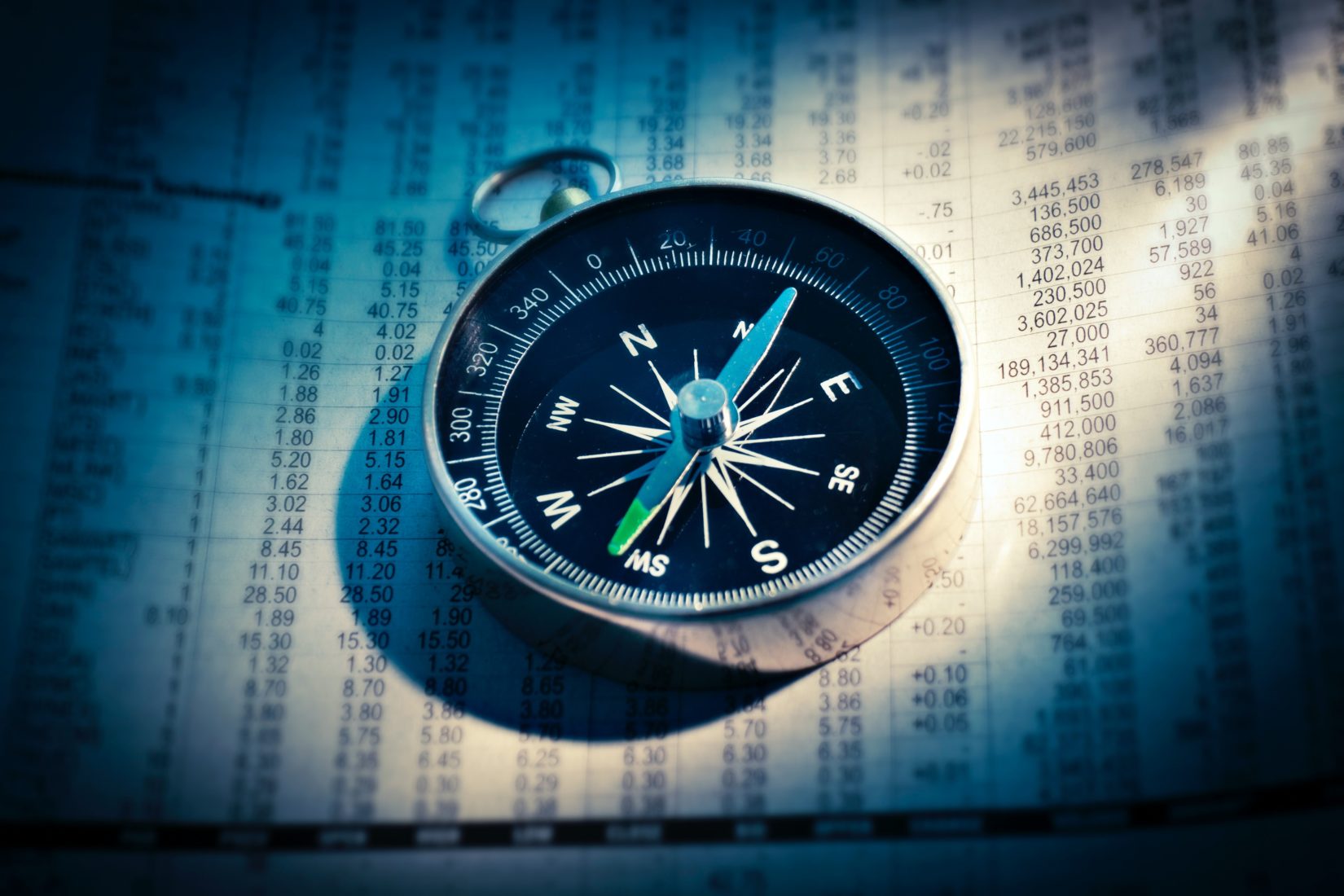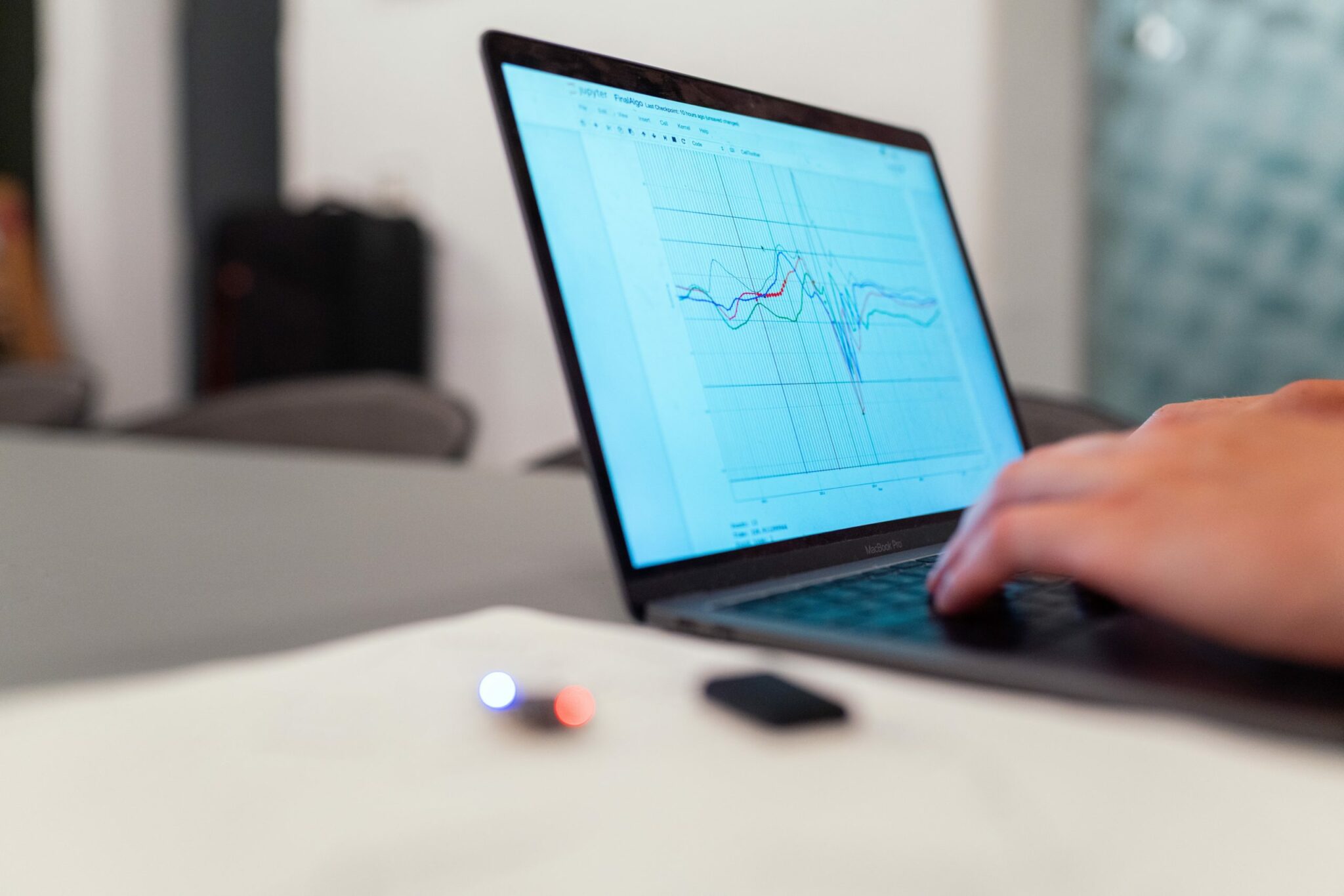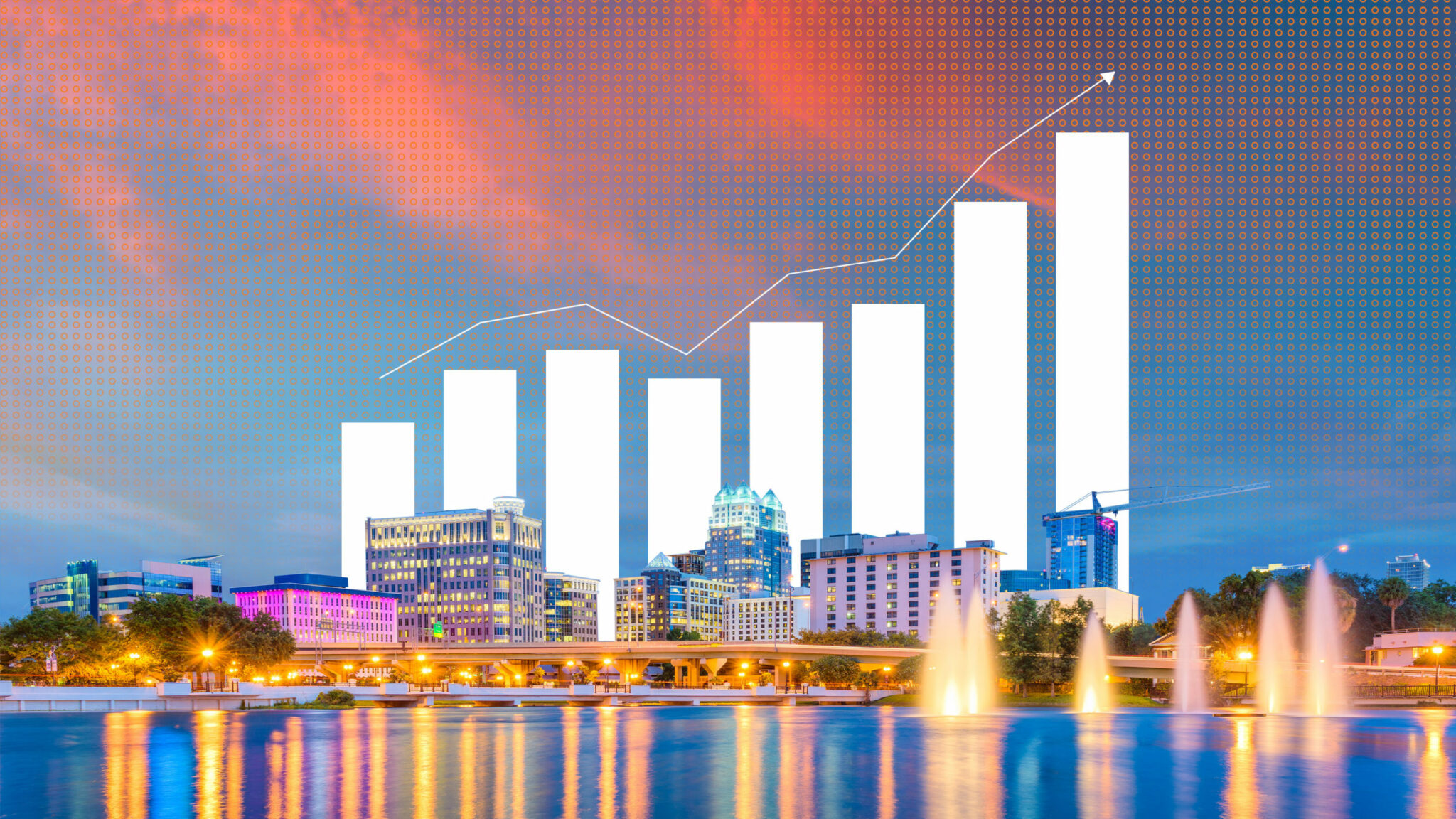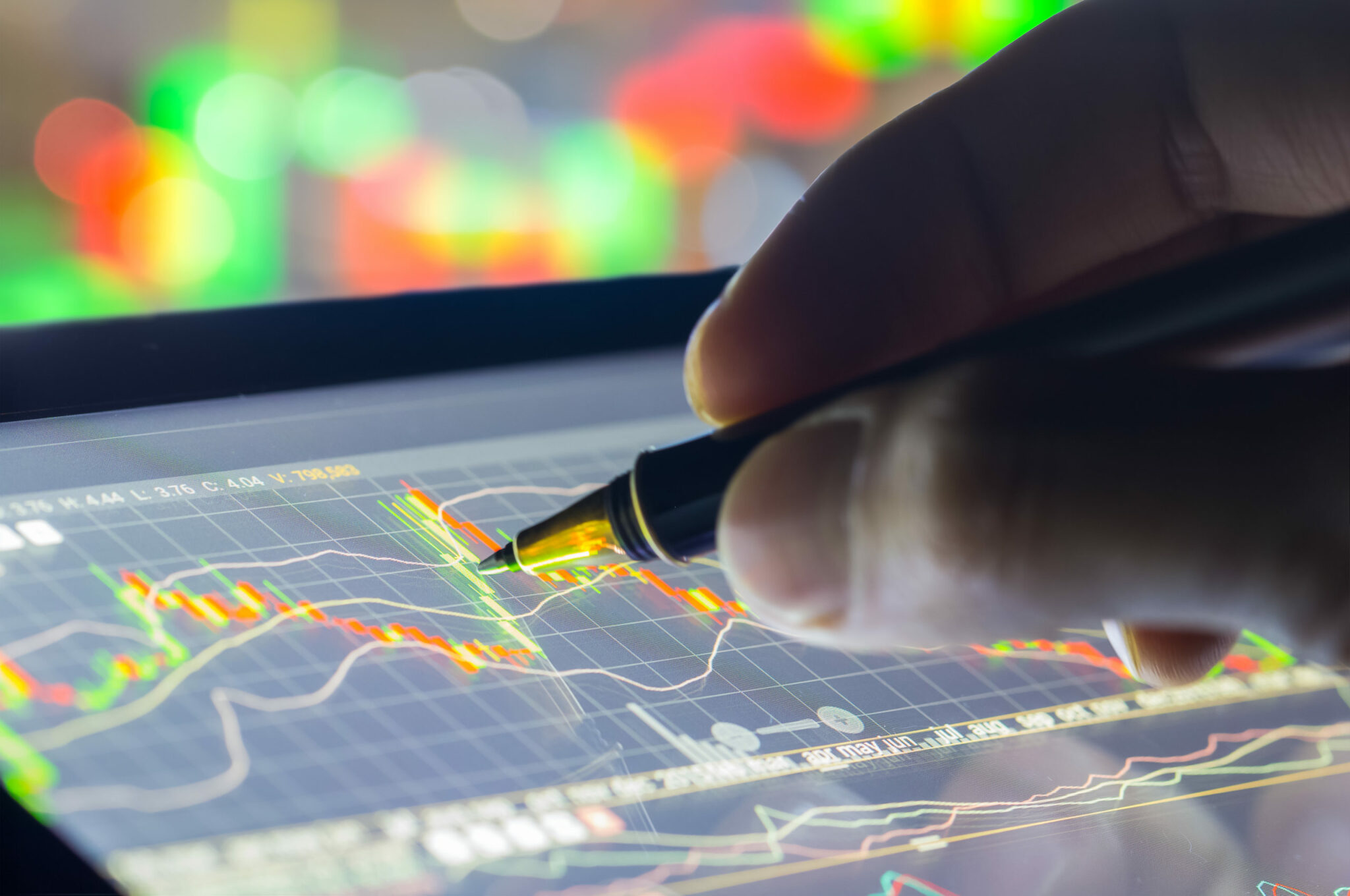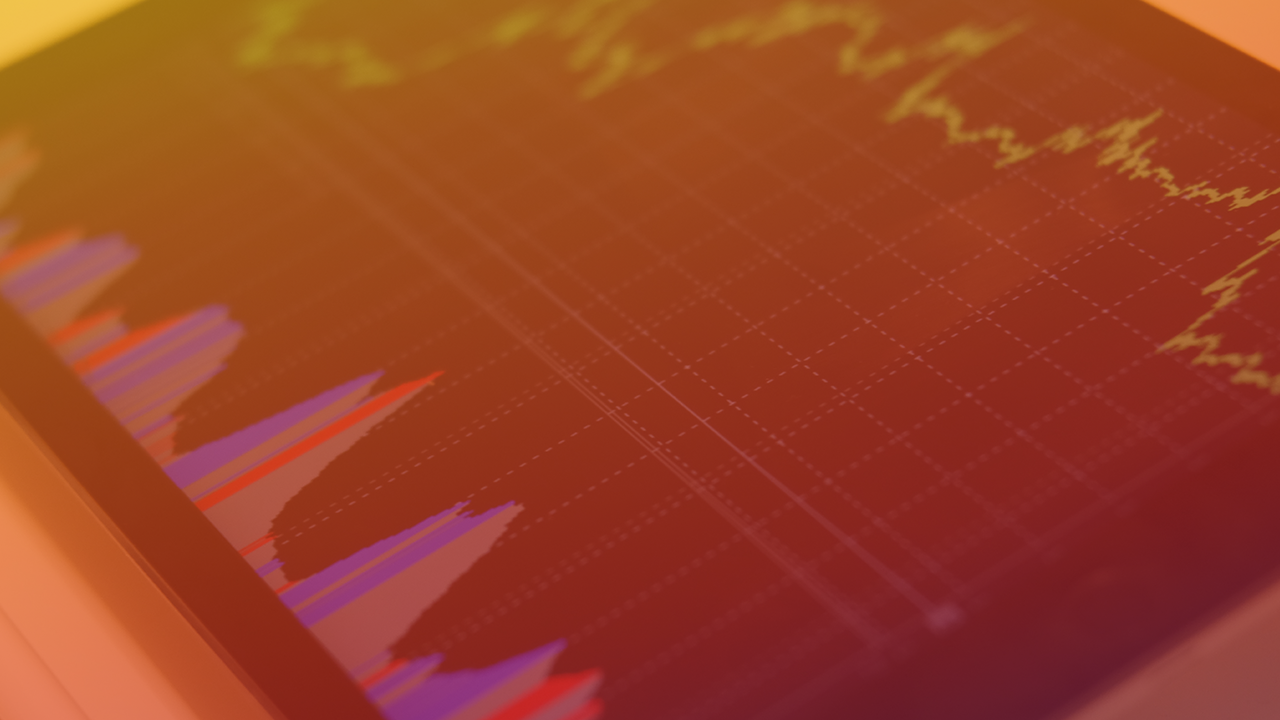When the recession officially ends and how painful it gets depends largely on policy choices driven by policy makers’ interpretation of the economic indicators that characterize it.
On Monday, June 8, the National Bureau of Economic Research (NBER) officially confirmed the economic contraction associated with the COVID-19 pandemic to be a recession. Nearly a week earlier, Moody’s Analytics’ Chief Economist, Mark Zandi, declared the recession was over. With the national jobless rate still at 13.3 percent and retail sales having plunged deeper than any other time in history, the NBER’s determination that we’re in a recession comes as no surprise. When it officially ends and how painful it gets depends largely on policy choices driven by policy makers’ interpretation of the economic indicators that characterize it.
Zandi predicted what the data revealed by the end of last week: job growth. This, along with strength in job postings, could suggest to optimists that the worst is behind us. With GDP measures taking much longer to collect and analyze, only time will tell if the economy is recovering.
A recession is traditionally defined as two consecutive quarters of negative economic growth measured by gross domestic product (GDP), an aggregate calculation of economic activity dating back to 1937. Other indicators such as income, employment, and sales signal the intensity and duration of the economy’s contraction.
Beyond the technical data, what often matters most for recovery is whether enough consumers believe the recession to be over. Confidence in the economy makes all the difference. When consumers are fearful for their jobs in the face of market instability and perceived economic decline, they reduce their spending. This, in turn, depresses economic activity. And, as news of slowed activity spreads, consumer confidence is further chilled, slowing the economy even further.
The lack of confidence feeds on itself.
Dale A. Brill, Ph.D., Orlando Economic Partnership senior vice president, Research and The Foundation for Orlando’s Future
Consumer confidence plays out most visibly in stock market fluctuations. Shareholders’ certainty in the strength of corporate revenue and profit bolsters stock prices. Economic shocks, such as the COVID-19 pandemic, strike fear in the hearts of investors and stock prices fall accordingly. As the impact of the novel coronavirus spread, the Dow Jones Industrial Average tumbled nearly 11,000 points from a high of 29,551 on February 12 to a low of 18,592 on March 23. Since then, stock prices have trended upwards with turbulent bursts of gains and losses.
In concert with the combination of declines in consumer spending, or “demand shock,” and stock market volatility, the economy also experienced a “supply shock” as large manufacturing sectors came to a halt.
The COVID-19 Recession attacked the economy on multiple fronts, driving unemployment rates higher than those experienced in the Great Recession more than a decade ago.
Dale A. Brill, Ph.D., Orlando Economic Partnership senior vice president, Research and The Foundation for Orlando’s Future
Decisions to initiate, extend or terminate programs available to minimize the impact of the COVID-19 Recession depend largely on whether they are still deemed necessary to return market stability and economic growth. Ending safety net programs and market interventions too soon can undermine the nascent recovery to the point of a secondary economic collapse. Extending monetary and fiscal policies too long can undermine national solvency.
It is easy to dismiss the trivialities associated with proclaiming recessions as academic. However, robust economic recovery depends on policy makers’ interpretations of the measures that drive those declarations.

